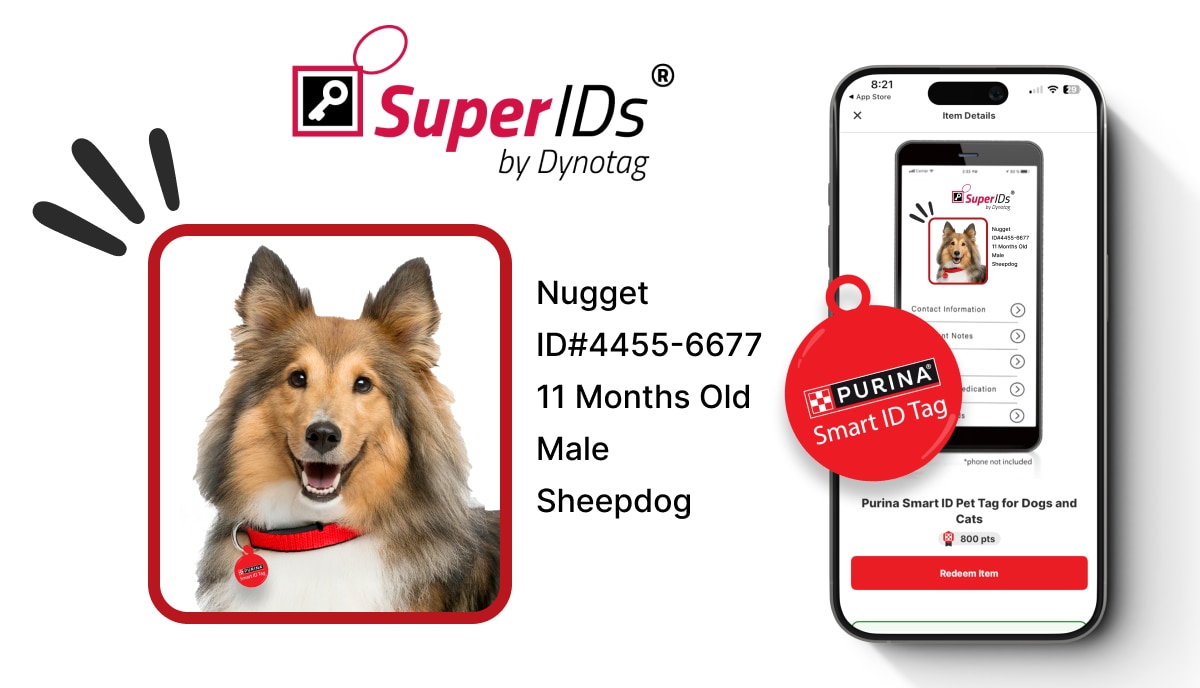Can Dogs Eat Raw Meat?


Yes, dogs can eat raw meat, but giving dogs raw meat only is not advisable. Raw food diets have grown in popularity in recent years. The surge in people embracing raw diets for dogs may stem from pet owners hoping to feed their dogs foods that more closely resemble how the dogs would have eaten in the wild.
Homemade or commercially prepared raw food diets are based on raw meat and bones. In particular, these diets include uncooked muscle meat, organs and bones from various mammals, fish and poultry.
Raw diets may also consist of unpasteurized milk, uncooked eggs and raw fruits and vegetables. Although it’s a raw, meat-based diet, it may also include cooked grains.
A diet consisting of raw meat, fruits and vegetables may seem to resemble the diet of wild dogs, but it’s important to note that they have a much shorter life expectancy than domesticated dogs, and dogs have genetically evolved from wolves and wild dogs.
So, should you feed your dog raw meat?
Is Raw Meat Good for Dogs?
The answer to this question is a bit more complicated than a simple yes or no.
Feeding a diet consisting primarily of raw meat may not provide the complete and balanced nutrition your dog needs.
This is particularly true for puppies, whose dietary needs are complex as they grow and develop. The same goes for senior dogs, who may have weakened immune systems and more sensitive digestive systems.
Properly cooking meat and carbohydrates (like Purina does with our dog foods) can make the food more digestible. “Dogs are able to use more nutrients from cooked food and, therefore, use these nutrients more effectively for energy, building muscles and supporting their immune systems,” says Purina nutritionist, Karina Carbo-Johnson, MS.
A raw food diet (RFD) may increase your dog’s risk of nutritional deficiencies and illnesses. They need complete and balanced nutrition to help them live long and healthy lives.
If you do choose a commercially prepared RFD, our experts recommend ensuring it’s formulated by a veterinary nutritionist. We also recommend choosing a food that has either undergone feeding trials and/or has an AAFCO statement of nutritional adequacy, plus meets World Small Animal Veterinary Association (WSAVA) guidelines to ensure your dog gets all the nutrients they need.
Is it Safe to Feed Dogs Raw Meat?
In addition to the risk of nutritional deficiencies, raw meat does pose other health risks – for both you and your dog.
The U.S. Food & Drug Administration (FDA), Centers for Disease Control & Prevention (CDC) and the American Veterinary Medical Association (AVMA) have all spoken out about the dangers of feeding raw meat to a dog.
Not only does it pose a risk to your dog, but it poses a risk to you and your family, according to an FDA study. Raw meat is likely to contain harmful bacterial like Salmonella, Listeria, E. coli and more.
Cooking meat to a safe temperature kills off those harmful bacteria. By feeding uncooked meat, there’s a higher risk your dog could develop a foodborne illness or other type of bacterial infection.
Additionally, there’s an increased risk you or a member of your family could encounter bacteria and develop a foodborne illness. Handling the raw meat, letting your dog lick your face, cleaning up his feces or touching any contaminated surfaces increase the risk of infection.
If you do choose to feed your dog a raw food diet, we recommend referring to the safety guidelines published by the FDA, CDC or AVMA. Doing so will help minimize the risks of contamination and foodborne illnesses.
It’s worth noting many therapy dog associations, such as Pet Partners, prohibit dogs on RFDs from being part of their program. This is because the raw food possesses too much risk for the humans they are trained to help.
Are Raw Foods Good for Dogs?
While feeding dogs raw meat is not recommended, other raw foods like certain fruits and vegetables are safe and even healthy for dogs.
Your dog may enjoy any number of fresh fruits and vegetables, like bananas, carrots, apples and more. Be sure to wash any fresh produce first to remove dirt or other residues. Avoid foods like grapes, raisins, garlic and onions, as these are all toxic to dogs. If you’re unsure about what to feed your dog, consult with your veterinarian about good options for your specific pet.
Although these foods may be safe and healthy, it’s important to keep the 90/10 rule in mind. This means 90 percent of your dog’s daily calories should come from a complete and balanced dog food. The other 10 percent of your dog’s daily calories should come from treats, which include fruits and vegetables, in addition to standard dog treats.
“By limiting the calories from treats, it reduces the risk of an upset stomach and obesity,” says Carbo-Johnson. This ratio also helps to keep their diet complete and balanced. Too many treats and too little food can lead to dietary insufficiencies or excesses.
Consult Your Veterinarian
Though not recommended, if you want to feed your dog a raw meat-based diet, the choice is ultimately yours. Before you do, however, it’s important to speak with your veterinarian about choosing a raw food diet for your dog.
If you don’t want to go the raw meat route, try a protein-rich formula.
There are also natural and grain-free dog food options, if you have concerns about specific ingredients in your dog’s food.
Discover more foods you can feed your dog and get all kinds of insights from our pet experts on our Pet Expertise page.

Bring your pet home. If ever they should roam.
Related articles

Find Your Pet’s Perfect Food
Use our Pet Food Finder to get a custom recommendation from Purina Nutritionists.





